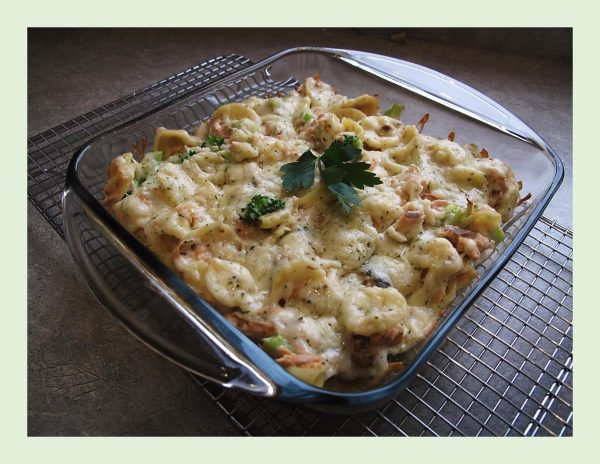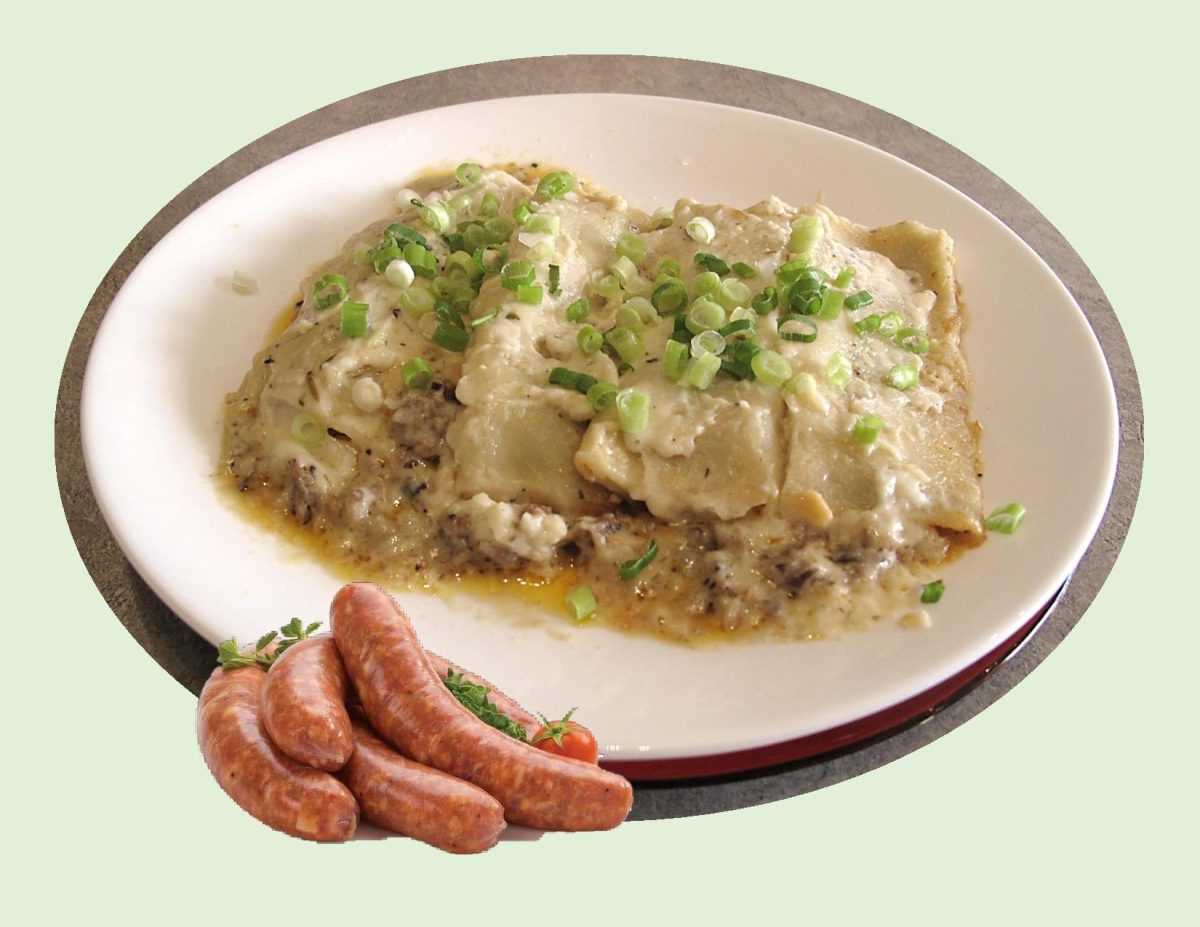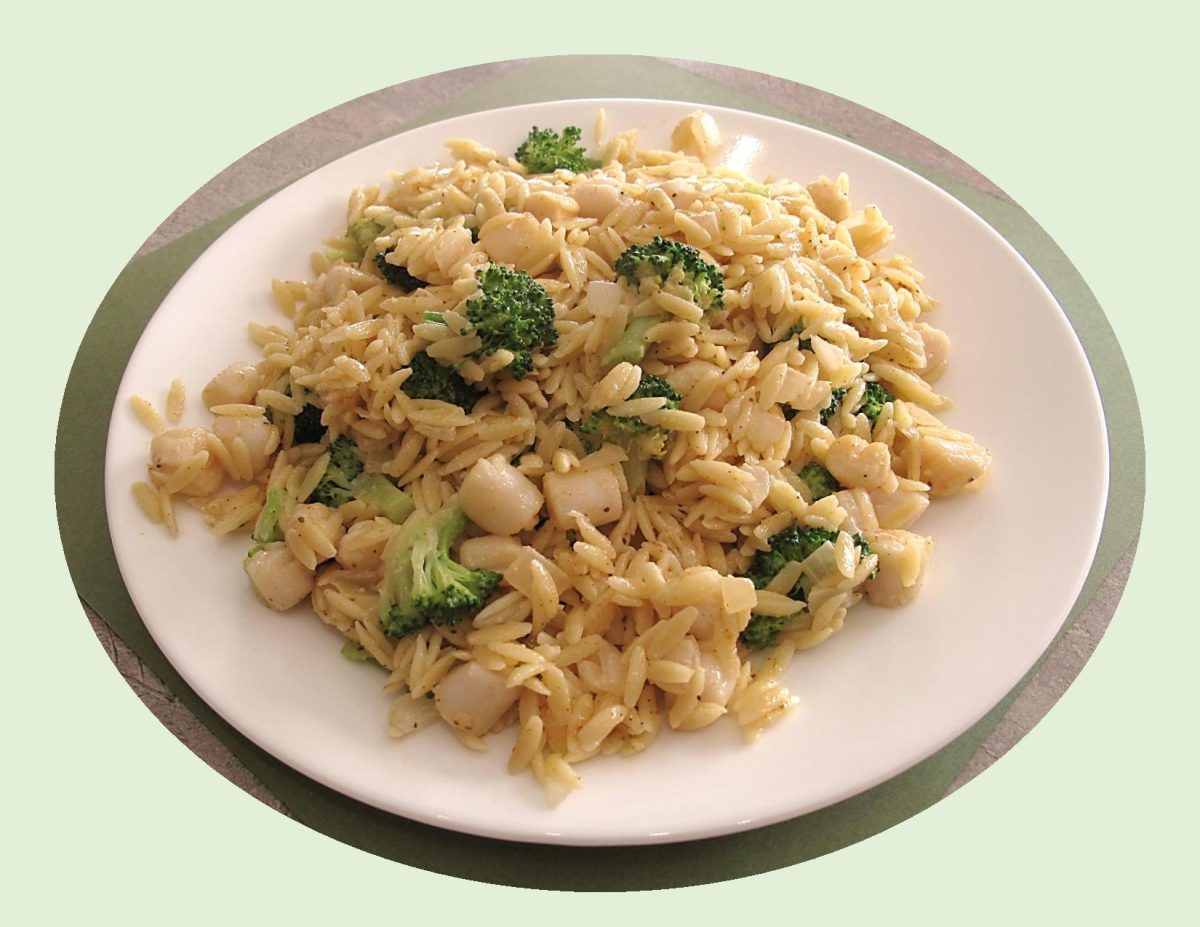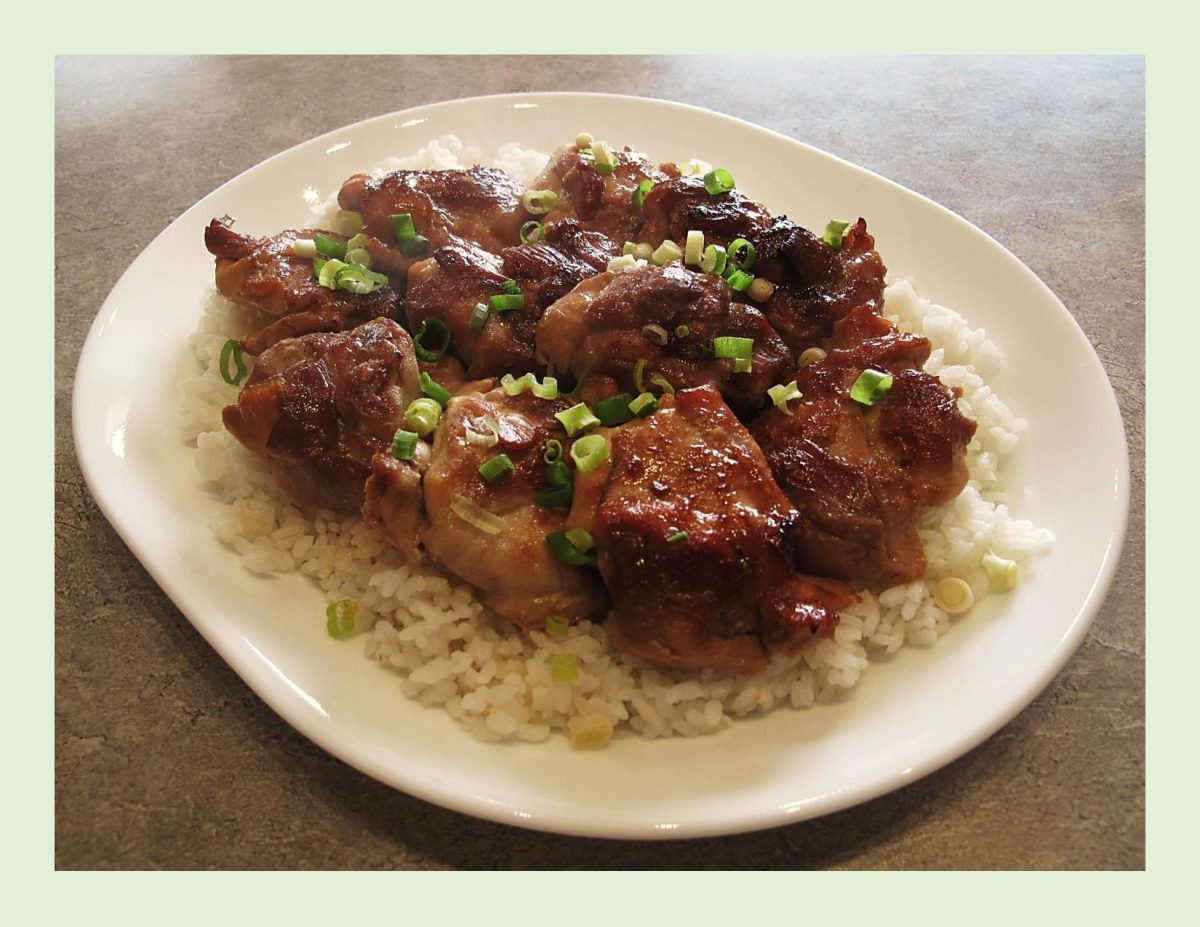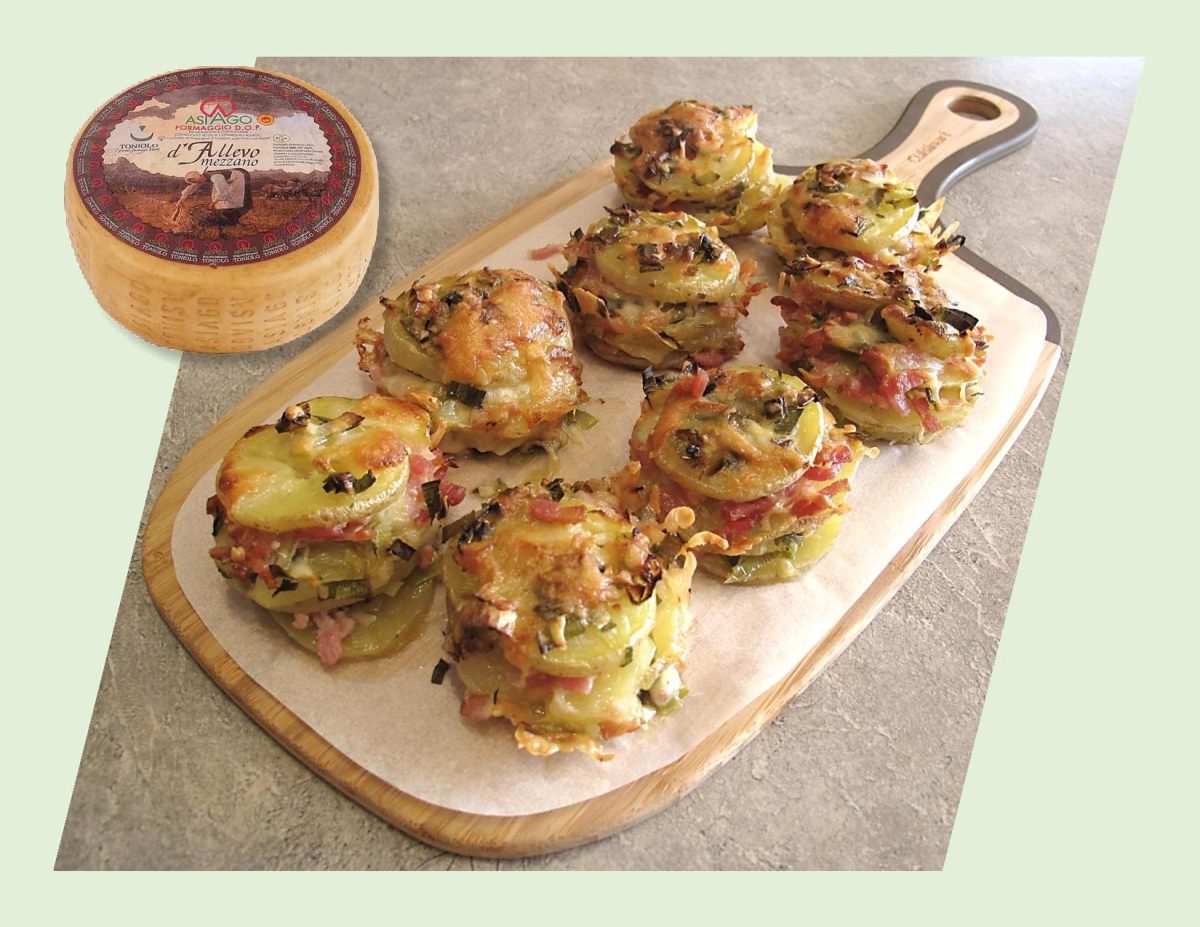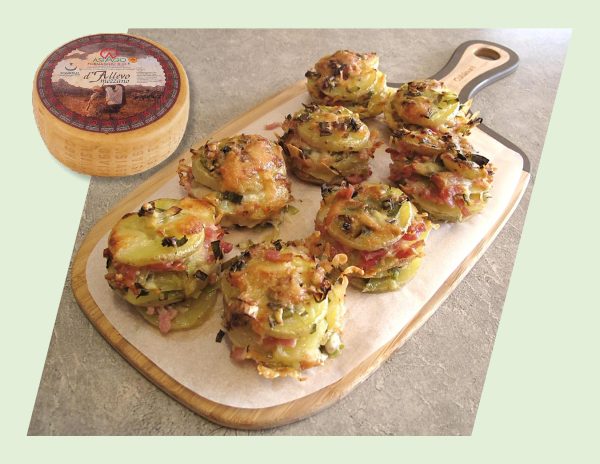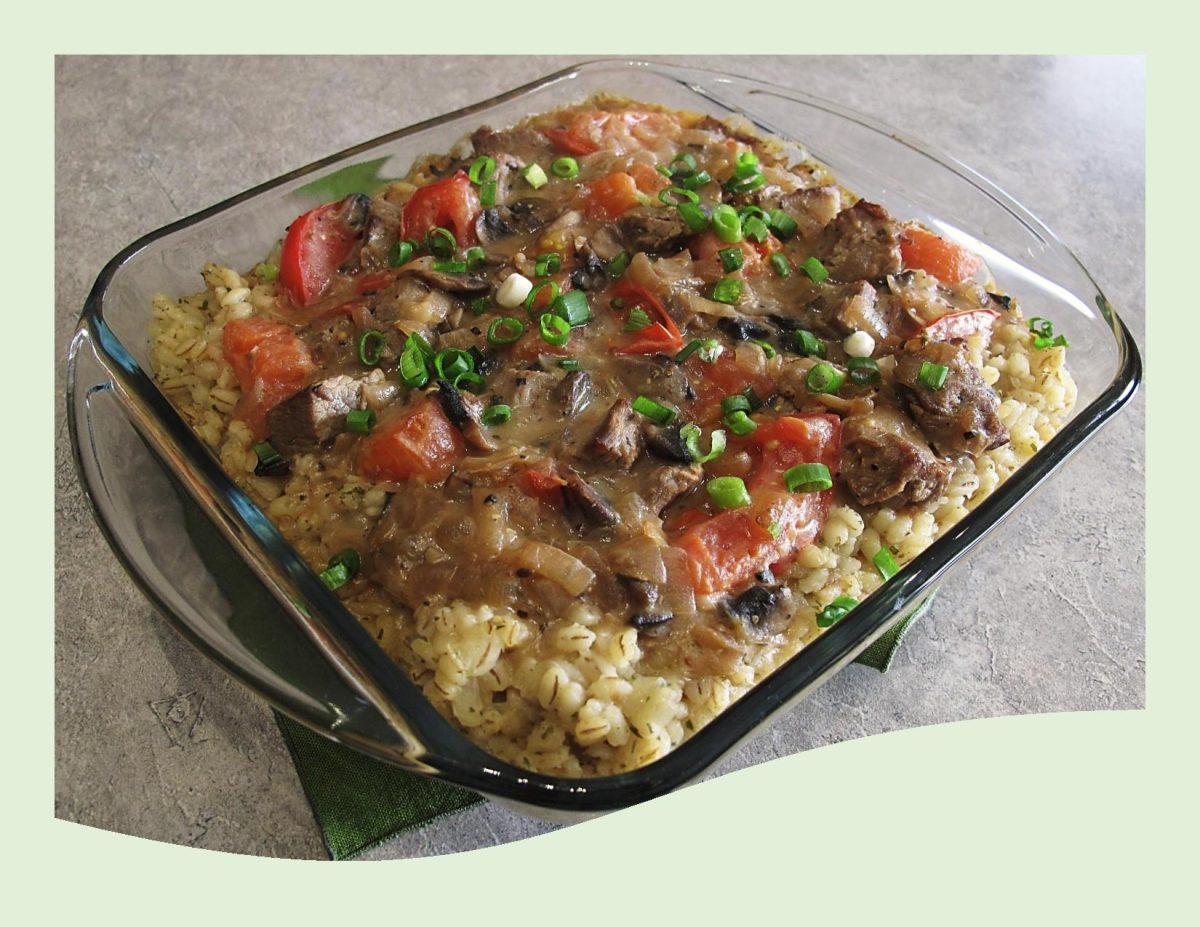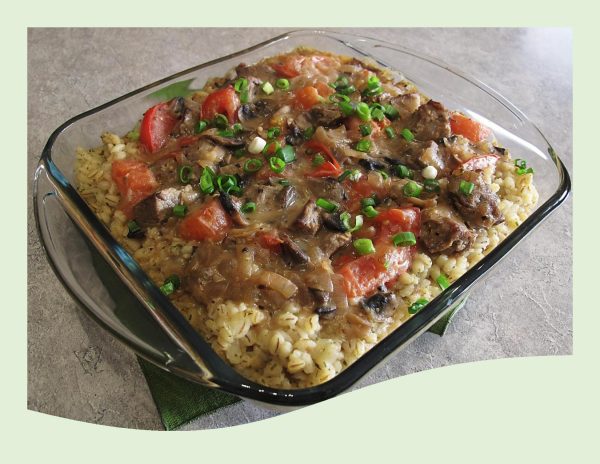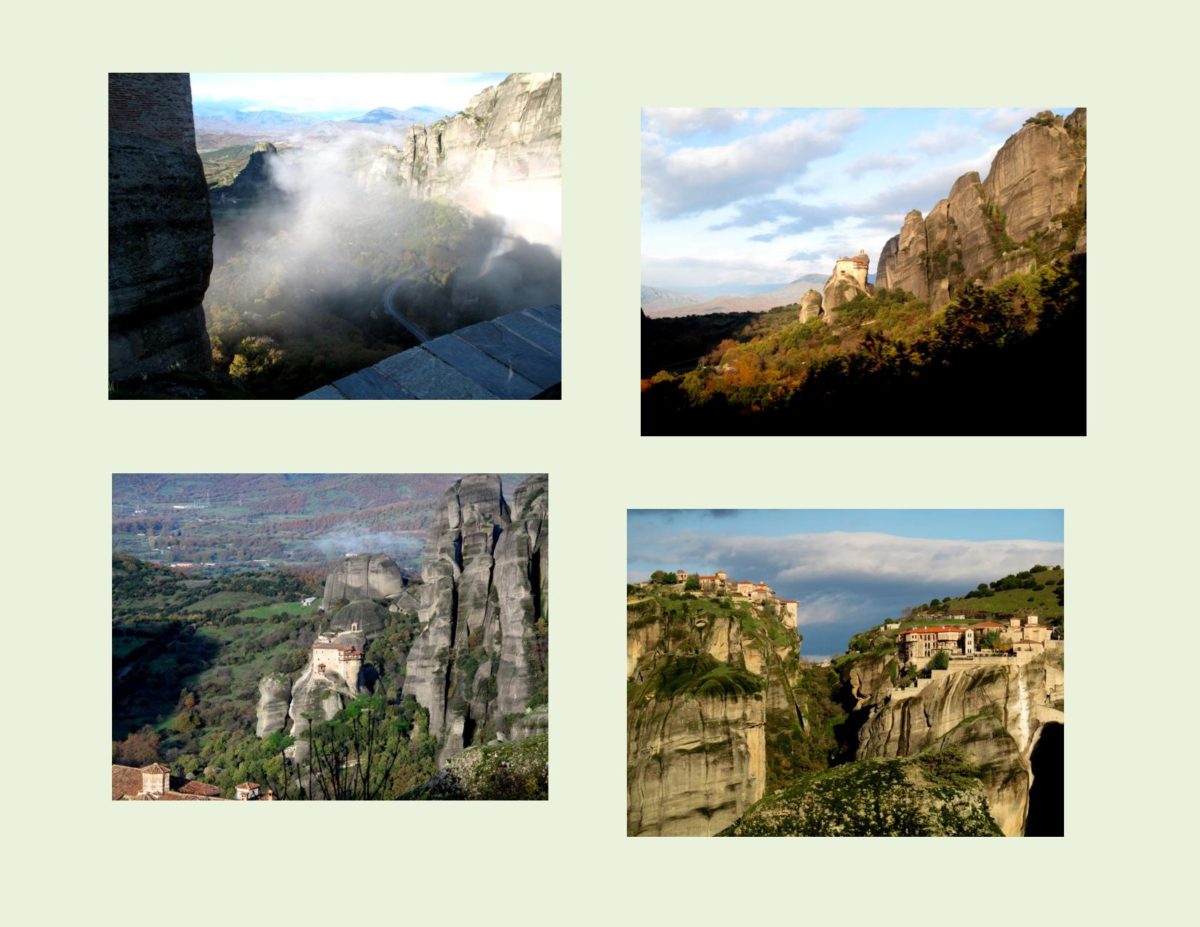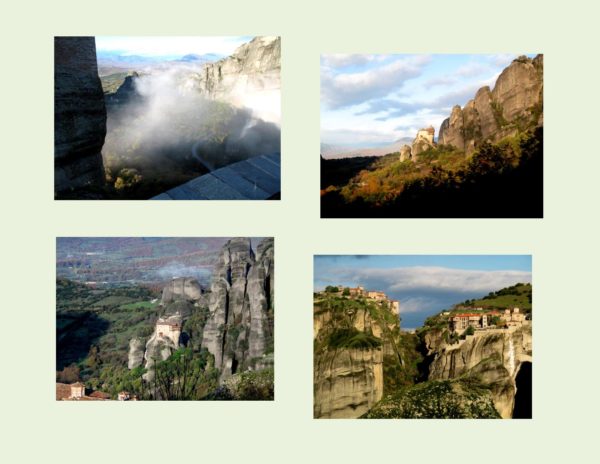Ordering a lasagna Bolognese in Italy might leave some North Americans a bit surprised by the dish placed before them. The traditional recipe layers lasagna noodles with a meaty ragù and creamy, white béchamel sauce, a very different recipe than the lasagna Bolognese served in North America where the layers of noodles alternate with tomato sauce, meat, mozzarella, and ricotta cheese.
A while back Brion and I were in an Asian Supermarket, and I became very interested in some of the desserts made with sweet red adzuki bean paste. In October (2023), I used it in some ‘Anpan Buns’ that I posted on the blog. We really enjoyed them so I wanted to explore the savory side of this bean.
Adzuki beans have a unique and distinct taste that can be described as mildly sweet and nutty with a slightly earthy undertone. The flavor is not overpowering and is often described as more delicate compared to other beans like black beans or kidney beans. The sweetness is subtle, making adzuki beans particularly suitable for both sweet and savory dishes.
In North America they often are put to savory use, mixed into salads, cooked with rice and dropped into soups. Like other beans, adzuki are a good source of protein. Unlike many other dried legumes, they don’t have to be soaked before cooking.
Getting back to today’s lasagna, I thought if I added some cooked adzuki beans to the Bolognese sauce might just make this classic dish even better.

| Servings |
|
- 1 Tbsp olive oil
- 5-8 cloves garlic, minced
- 1 medium white onion
- 907 gm (2 LBS) lean ground beef OR a mix of beef & pork
- 225 gm DRY adzuki beans SEE NOTES BELOW This will give you about 454 gm cooked
- 2 medium carrots, grated
- 2 large stalks celery, chopped small
- 2- 796 ml cans (28 oz ea.) diced & seasoned tomatoes
- 2-156 ml cans (5.5 oz ea.) tomato paste
- 2 tsp dried basil
- 2 tsp dried oregano
- 2 tsp beef bouillon powder
- 2 tsp veg salt
- 1/2 tsp pepper
- 360 gm (8) fresh lasagna sheets
- 230 gm soft cheese of choice, grated Such as mozzarella or Monterey Jack
- 1 Tbsp parsley , chopped for garnish
Ingredients
Bolognese Sauce
Other Ingredients
|

|
- Heat a large pot over medium heat. Add oil, garlic & onions. Sauté until fragrant, for a minute or two, avoid browning. Then add ground meat.
- Sauté the ground meat until it is no longer pink. Add carrot & celery & sauté for about one minute.
- Add the liquids – seasoned, diced tomatoes & tomato paste & cooked adzuki beans. Stir to combine. Heat it on medium high heat & let it come to a boil.
- Add the rest of the seasonings – basil, oregano, beef bouillon, salt & pepper. Stir to combine. Lower heat to medium heat & let it cook for another ~10 minutes, or until sauce thickens.
- Remove from heat & set aside.
- Add butter to a medium pot & heat over medium heat. Once butter is melted (avoid browning butter), add flour to pot. Using a whisk, whisk to combine. Mixture will be slightly clumpy.
- Immediately add milk into the pot and bring to medium high heat so that it comes to a boil. Whisk continuously until mixture is smooth & thickens.
- Once mixture reaches desired thick consistency, add salt & pepper. Stir to combine, then remove from heat.
- Preheat oven to 375 F.
- Place a thin layer of Bolognese sauce on the bottom of a deep 9 x 13-inch baking dish.
- Start layering with 2 of the rectangular lasagna sheets, then add 1/4 of the Bolognese sauce, and then 1/4 of the béchamel sauce & cheese.
- Repeat 3 more times. There should be a total of four sets of lasagna sheets/Bolognese sauce/béchamel sauce & cheese layers. Sprinkle it with remaining cheese to top it off.
- Place casserole dish in the oven & place a cookie sheet under the casserole dish to catch any potential drippings. Bake for 45 minutes, then (optional) broil for 2 minutes to brown the top.
- Remove dish from oven and let it sit for 20 minutes before cutting into lasagna. Garnish with parsley & serve!
- This recipe will easily serve 8-10 people. With just 2 of us, I still like to make the full recipe so I can freeze the rest for future meals.
- On the other hand, the recipe can be easily halved if you wish.
- To cook the adzuki beans:
- Use a strainer to rinse the dried beans under cold water. Remove any debris, stones or deformed beans from the mix and thoroughly drain the beans afterward.
- Fill a pot with water, add the beans and bring it to a boil. After the water has started to boil, reduce the heat to a simmer, and continue cooking the beans for about 45-60 minutes. The adzuki beans will be ready once the beans are fork tender. Drain.



